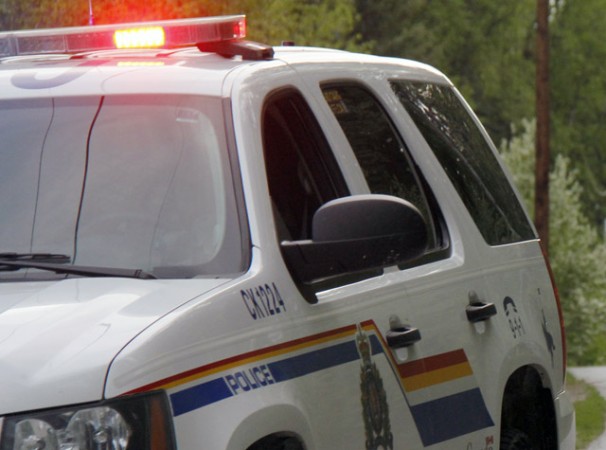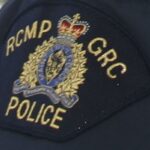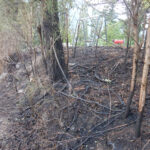DriveSmart BC: Beware the Morning After
Party Hearty! Early in my policing career it was not uncommon to find a drunk driver with a blood alcohol level between .30 and .36. These people were truly drunk and not just impaired as most of us would start to be at the .05 level. Time to head for home and sleep it off because some of us have to be at work in the morning.
Fast forward to mid morning of the next day and I stop a loaded logging truck in a school zone whose driver smelled of stale liquor. Yes, he had been out partying the night before but he thought that he should be good to go now.
A quick test with an approved screening device at the roadside showed that this driver just squeaked in under the .05 limit. I could not impose any driving sanctions against him but I strongly suspect that he was not at his peak of safe driving performance just then.
A standard drink is commonly spoken of in relation to impaired driving. In Canada, a standard drink is any drink that contains 13.6 grams of pure alcohol or the equivalent of 0.6 ounces of 100% alcohol. This means that a 12 ounce glass of beer with 5% alcohol, a 5 ounce glass of wine with 12% alcohol and a 1.5 ounce of spirits with 40% alcohol are all considered standard drinks.
On average, your body will eliminate about one standard drink per hour (.015) although this can range slightly between individuals (.010 to .020). So, put away a mickey of hard liquor (13 oz or 375 ml) in one sitting and how long do you have to wait before you are legally able to drive again?
The answer is not a simple calculation because your body does not always absorb the alcohol that you drink at the same rate. For the sake of discussion, let’s choose 2 hours, which is the outside limit for most of us.
Next we must consider the possibility of a plateau phase for our blood alcohol concentration (BAC) which could also be as much as two hours. The plateau is a point where the rise from consumption equals the reduction from elimination and our BAC does not change. That’s four hours.
Now we have to wait while our body goes from the maximum BAC to less than .05 if all we want to worry about is the law.
Since we don’t really have any accurate idea of our maximum BAC it’s difficult to subtract .010 per hour after those four hours. An on line BAC calculator for a 180 pound male drinking that mickey evenly spaced from 9:00 pm to midnight indicates it should be about .14 at 4:00 am.
We are now a 14 hour wait away from zero, and could still be at about .06 by lunchtime the next day. That’s enough to become involved in the Immediate Roadside Prohibition program if you are found driving.
Does that mean you should not have a glass of wine with dinner at a restaurant? Probably not, but as with all things, it depends on many factors. That single glass of wine does impair your ability to drive to some extent. If you are tired, feeling poorly, using medication, traffic is heavy, the weather is bad, it’s night time and the unexpected happens that glass might just be the tipping point between becoming involved in a collision and avoiding one.
You can choose to drink or not to drink before driving and your fellow road users are relying on your good judgment.
Story URL: https://www.drivesmartbc.ca/impaired-driving/beware-morning-after


























Comments